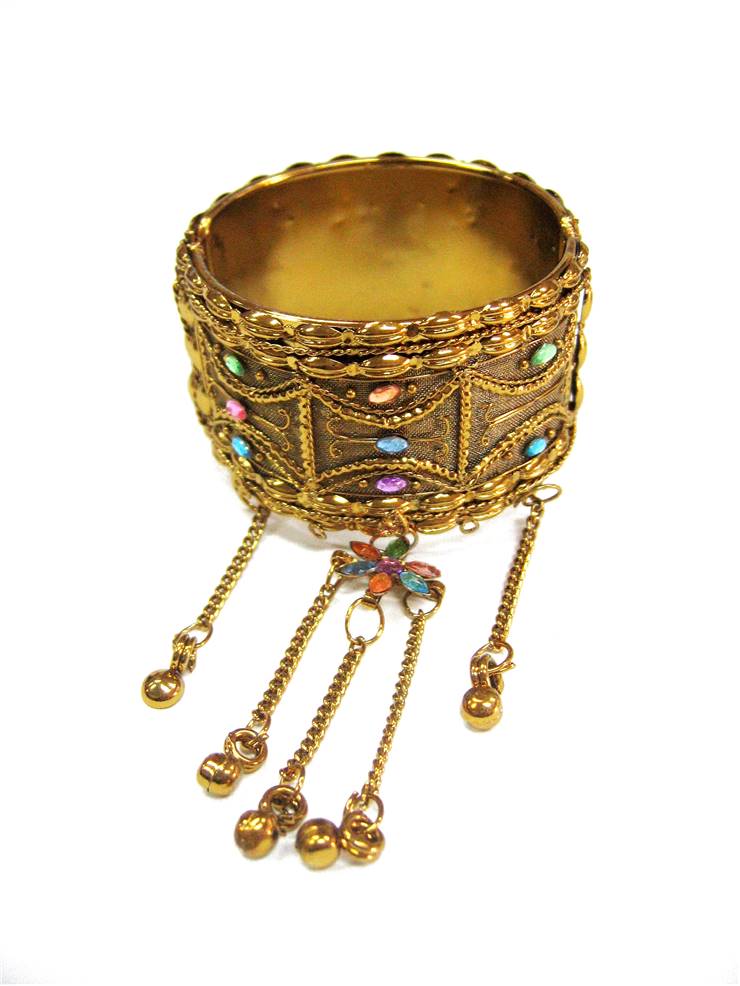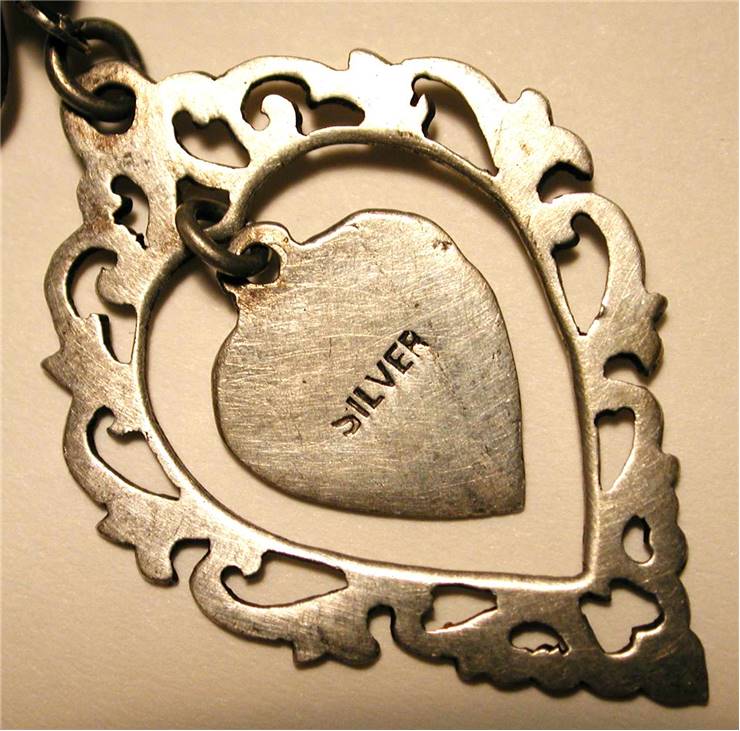History of Jewelry - All About Jewellery
Jewels were always part of human culture. Even from the times when humans first started using clothes and tools some 100.000 years ago, jewels were produced from any kind of materials that were available - stones, animal skins, feathers, plants, bones, shells, wood, and natural made semi-precious materials such as obsidian. As the time went on, advancing technology enabled artisans to start taming metals and precious gems into works of art that influenced entire cultures and many modern jewelry styles. However, even with all advancements of metallurgy and gem processing, the purpose of wearing jewelry always remained the same - they enabled wearer to express himself non-verbally, showcase wealth, rank, political and religious affiliation or affections toward someone. This enabled jewelry to become timeless and a target for constant development and refinement.
Development of early jewelry can be roughly divided across three ancient civilizations - Egypt, India and China. Egypt and Mesopotamia set standards in metallurgy, gem collecting, and glass manufacture. Their several thousand year long tradition of jewelry production laid a solid foundation for all European civilizations that came after them, and their unique style affected fashion trends even four thousand years later.
India however managed to develop such a connection to jewelry that it became integral part of their daily life and religion. Since they were the first who managed to conquer the art of gold gathering and processing, they develop art of jewel making much earlier than anyone in their environment. This made them one of the most sought destinations for trade, which eventually became driving force for the incredible expansion of European civilization during the Age of Discovery. On the far side of the world, China managed to become driving force in developing of arts and their influence slowly spread their unique style across entire Asia. Chinese style that is focused on scenes of nature, animals and dragons is today still in high popularity, and continues to be developed with each passing year.

Jewelry History
Thousands of years of advancement enabled jewelry to spread from the exclusive art form of the rich to the common personal items of adornment, which are today used by everyone around the world to express themselves in various visual fashionable ways.
Jewelry Facts
Facts about jewels are numerous and interesting. Created during their constant presence through the history of our race, they were one of the pivotal driving forces of expressing our culture, fashion and individuality.

Jewelry Innovation
After the fall of Ancient Egypt and Roman Empire, Europe became driving force of jewelry innovation. However, it took a long time until they managed to claim that position. After almost thousand years of isolation, famine, plagues and wars, Western Europe finally came into contact with distant civilizations during Crusades which enabled flow of new knowledge an ideas that enabled birth of Renaissance.
As transfer of wealth from nobility, royalty and church continued to flow to middle classes during Renaissance, Age of Discovery and Industrial Revolution, jewelry designs and fashion trends changed dramatically. During those times world saw the appearance and disappearance of many styles, some new and original and some based on older designs found in the ruins of long gone civilizations (mostly Egyptian, which became one of the inspirations of Romanticism and Art Deco).
After more than 100.000 years of use of decorative items, and more than 6 thousand years of metallurgy and gem processing, we can surely say that jewels will forever remain integral part of humanity and our entire civilization.

